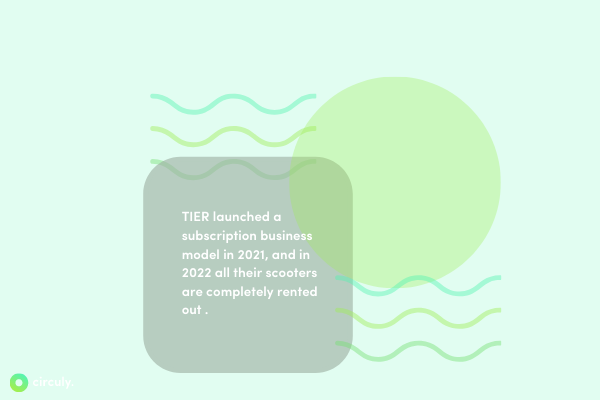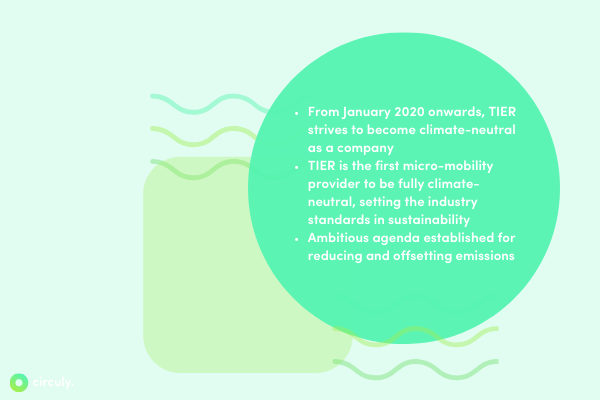If you live in Europe and don’t live under a rock, you’ve probably either heard of TIER or used one to get from point A to B.
TIER Mobility is a Berlin-based startup founded in 2018. TIER develops, offers and operates a digital platform that offers micro-mobility solutions on a pay-per-use and rental basis.
TIER operates in 160 cities in 16 European countries, has more than 1000 employees, and estimated annual revenue is more than $205 million.
They are constantly innovating their product line and “changing mobility for good” as highlighted by them.

When TIER decided to launch a new e-scooter model with replaceable batteries in the market, they decided to sell the old model to private customers.
The old TIER scooters were first seen in the market for purchase in November 2019. Reselling the old TIER scooters was an important milestone in order for TIER to become carbon neutral.
So even though TIER had a plan for their old scooters, why did they decide to launch a subscription model?
Building a stable revenue stream
TIER Mobility has received approximately $646.9 million in funding so far.
TIER decided to launch a monthly subscription model for their myTIER scooters because they wanted a build a stable and predictable revenue stream.
Subscriptions are a great way to build a predictable and stable revenue stream.
Despite all the discussion about customer churn, subscriptions are and will remain a way to have better control over the company’s finances.
TIER launched a subscription business model in 2021, and in 2022 all their scooters are sold (rented) out already.
Becoming climate neutral
For startups like TIER, sustainability is not just a word used for PR but is often embedded in the DNA and, as a result, influences key decisions and operations.

TIER is fully committed to becoming climate neutral. To achieve that they go beyond reducing carbon emissions linked to charging and also include production, operation and transportation emissions.
By recycling and providing second life to their old generation scooters, they keep their scooters from ending up in landfills and thus directly reduce their carbon footprint.
Launch of a subscription model
Launching a subscription-based business model for a physical product is oceans apart from launching a digital subscription business. Automation of operations and collection of relevant data play a big role when it comes to scaling such a business model. What TIER needed was someone who could help them with the launch of their pilot project. circuly provided the know-how, technology and expertise required in launching and scaling a subscription business model for physical products.
%20(8).png)


%20(25).png)
%20(24).png)





.png)





